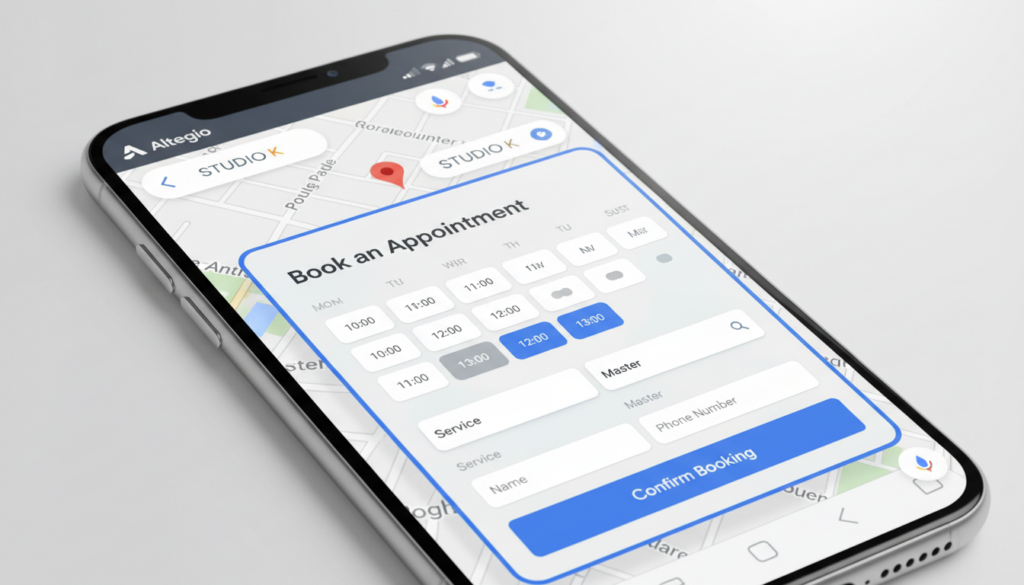Segmenting your customer base helps create targeted marketing campaigns, attract new customers, and retain existing ones. In this article, we’ll explain why segmentation is important and how to do it right.
Why Customer Base Segmentation Matters
Customer base segmentation is the process of dividing customers into groups based on common characteristics. For example, if your customers Lena and Anya come monthly for eyebrow correction and lamination, you can:
- Assess the composition of your customer base (ratio of customer groups)
- Personalize communications (push notifications, SMS, email)
- Create targeted advertising campaigns
- Reduce customer churn by controlling vulnerable segments
Practical Segmentation Example:
Message to the customer:“Valeria, good afternoon! We currently have a promotion at our salon – when you extend the length, we give you a design for two nails for free. We invite you for a manicure.”
Customer’s response:“It’s time to do a manicure, and I also wanted to do a design. I need to make an appointment with them. But how do they know everything…”
1. Collecting and Analyzing Data
Start by gathering data about your customers, including:
- Name, age, gender
- Contact information (phone number, email)
- Visit history (dates, services, products)
- Preferences (services, stylists, brands)
- Visit frequency and spending
Analyze the collected information to understand your customers’ common traits and behaviors.
2. Defining Segmentation Criteria
Identify key criteria by which you will divide customers. These could be:
- Demographic characteristics (age, gender, location)
- Behavioral characteristics (visit frequency, spending)
- Preferences (services, stylists, brands)
- Customer lifecycle stage (new, loyal, dormant)
3. Creating Customer Segments
Based on the chosen segmentation criteria, create groups of customers. Name each segment for convenience. Examples of segments include:
- Customers who come every six months for a specific procedure
- Regular visitors
- Fans of manicures
In modern systems like Altegio, you can quickly find customers who:
- Stopped visiting
- Became new customers within a certain period
- Visited specific employees
- Ordered specific services
- Brought the most profit
- Plan to visit soon
- Visit more frequently than others
- Booked appointments online
- Returned after a long absence
- Have a birthday coming up soon
4. Developing Personalized Strategies
Create individual marketing strategies for each segment. For example:
- For new customers: Offer a welcome discount or a free style consultation.
- For regular customers: Implement a loyalty program with bonuses.
- For those who prefer manicures: Send information about promotions or new nail polish collections.
With a tools like Altegio, you can automate messaging to customer groups. You just need to set the text, and the system will send it at the right time.
5. Evaluation and Optimization
Continuously track the results of your marketing strategies and make necessary changes. Analyze customer behavior, evaluate the success of each segment, and optimize your strategies. Using a CRM system will help you automate this process and increase efficiency.
Conclusion
Proper customer base segmentation allows you to better understand your customers and create more effective marketing strategies. Use modern tools and approaches to achieve maximum efficiency.




